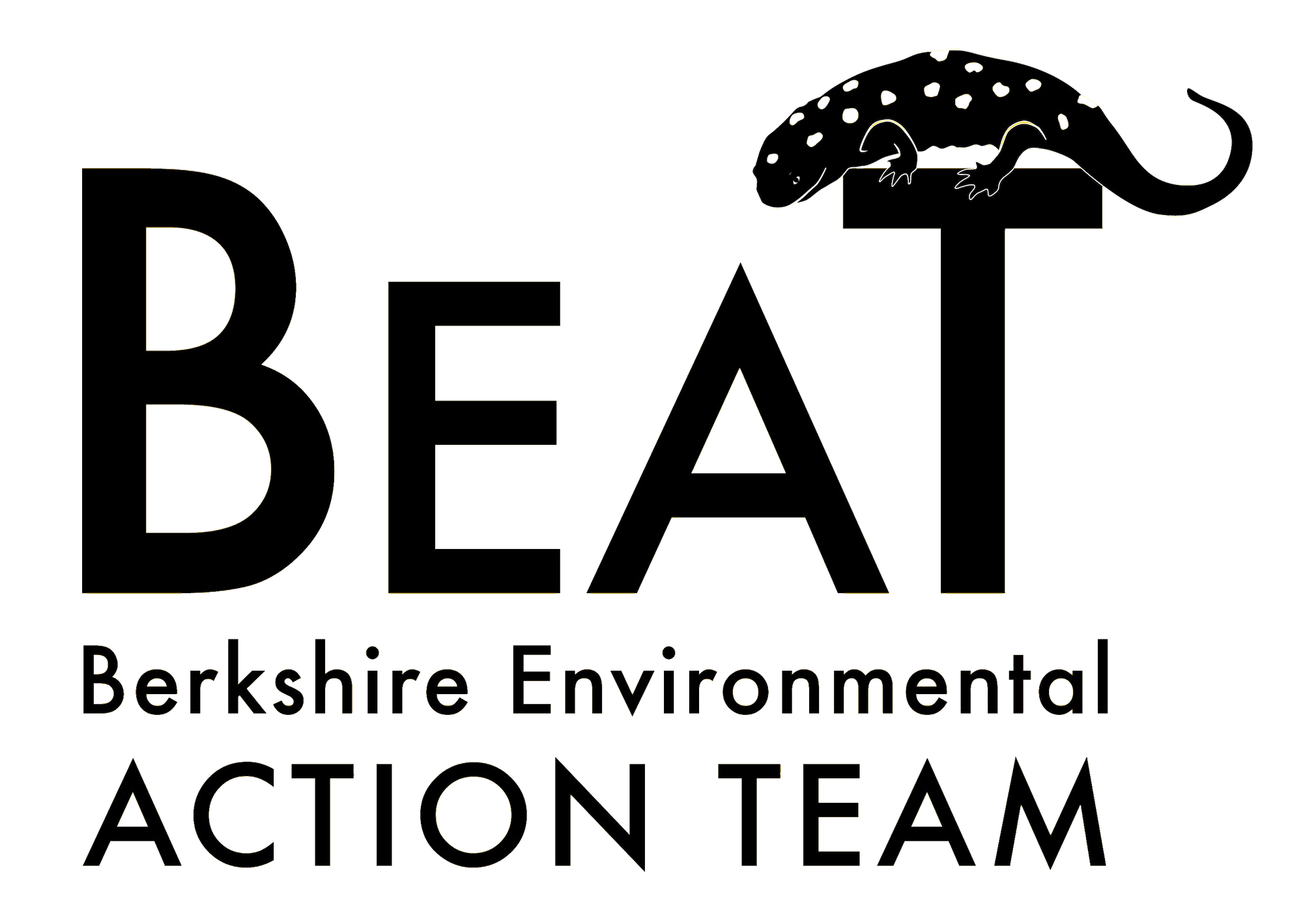| Previous | 1 2 3 4 5 | Next |
4. Impact of proposed work
The impact a project will have on the environment depends on many factors, but one of those factors is the type of wetlands in the immediate area. For instance, working directly in a river may have an effect on fisheries, while working near a swamp is more likely to have an effect on flood control. The table below indicates what aspect of the environment is presumed to be effected when one of the types of wetlands is disturbed. In the language of the Wetlands Protection Act, the types of wetlands are called “resource areas,” and the aspects of the environment are called “interests of the act.” We’ve listed only those resource areas that exist in Berkshire County.
Does Working in the Resource Area Have An Environmental Impact On the Interest? (Adapted from Mass Audubon)
| Resource | Public Water | Private Water | Ground Water | Flood Ctrl | Storm Dmg | Pollution | Fisheries | Shellfish | Habitat |
| Bank | |||||||||
| Bordering Vegetated Wetland | |||||||||
| Land Under Water | |||||||||
| Bordering Land Subject to Flooding | |||||||||
| Isolated Land Subject to Flooding | |||||||||
| Riverfront Area | |||||||||
| Public Water: Public Water Supply | Private Water: Private Water Supply | Ground Water: Ground Water Supply |
| Flood Ctrl: Flood Control | Storm Dmg: Storm Damage Prevention | Pollution: Prevention of Pollution |
| Fisheries: Fisheries | Shellfish: Land Containing Shellfish | Habitat: Protection of Wildlife Habitat |
1. If the bank or the land under the body of water is impervious (for instance, if it’s pavement) then the resource area is significant to flood control and storm damage prevention only.
2. Only if it’s in the 10-year floodplain or if it’s a vernal pool within the 100-year floodplain.
3. Not if impervious (for instance a paved area).
4. Only if peat and mud.
5. Only if the isolated land is a vernal pool.
A “Yes” in a box of the table means that work in that resource area is presumed to have an impact on that interest. For example, if you do work in bordering land subject to flooding, your work is presumed to have an impact on flood control and storm damage prevention, and may also have an impact on wildlife habitat. The burden of proof is on the person performing the work to overcome this presumption, and that isn’t easy. If a Conservation Commission can be convinced that yours is an unusual circumstance, and that the proposed work would not have an impact on any interest of the act, that Conservation Commission must file a form with the Massachusetts Department of Environmental Protection (DEP) explaining their position.
For each resource area, there are performance standards (see next page) that provide guidance on how to best protect that resource area and minimize any impact on the interests related to it.
| Previous | 1 2 3 4 5 | Next |
